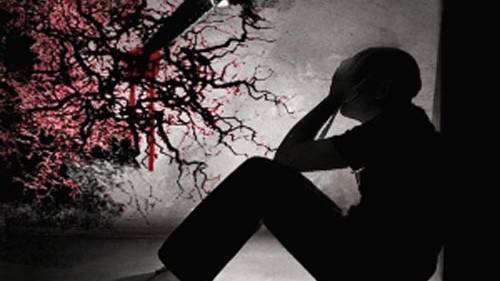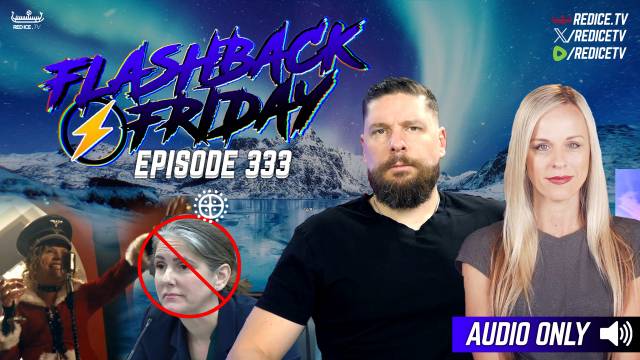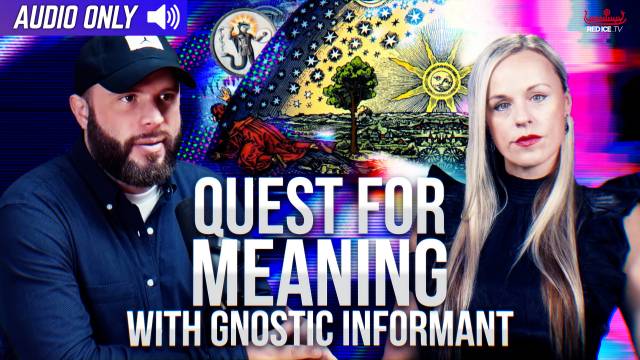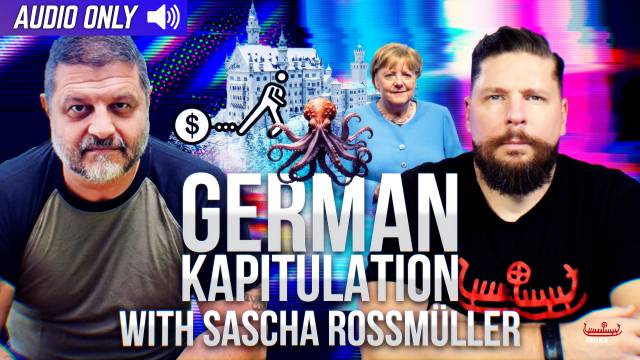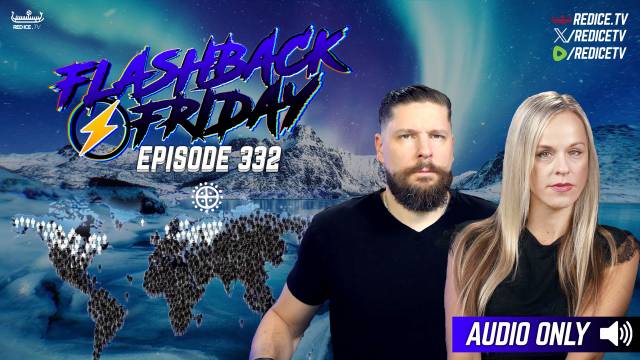"The Pain Chronicles": The science of pain
Source: salon.com
Why are some people impervious to physical suffering while others can’t seem to escape it? An author explains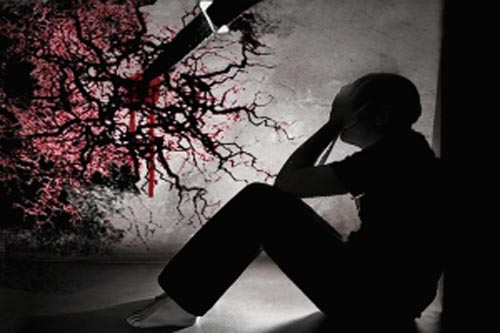
Melanie Thernstrom’s pain began inconspicuously, as a burning ache in her limbs after a long swim. But instead of drifting away over the next few days, the feeling dug in, traversing her neck and shoulder and eventually smothering her entire right arm. She popped aspirin, applied hot compresses, and simply tried to ignore it, but slowly the reality became clear -- this pain wasn’t going anywhere. For the next several years, she bounced from doctor to doctor searching for an effective treatment for her mysterious ailment. Despite being young, active and seemingly healthy, Thernstrom had joined the ranks of the more than 70 million Americans who suffer from debilitating chronic pain.
In her new book, "The Pain Chronicles: Cures, Myths, Mysteries, Prayers, Diaries, Brain Scans, Healing, and the Science of Suffering," Thernstrom, a writer for the New York Times Magazine, shadowed doctors and talked with patients about the science and experience of pain. Despite its being so common, she discovered, chronic pain remains a massive medical enigma, hard to treat or even isolate. She met amputees who complained of a constant ache in their missing limbs, women who felt like their entire bodies were bruised when there was not a scratch on them, and hundreds of others haunted by the invisible and devastating burden of constant pain -- all the while pursuing a cure for her own suffering (which turned out to be caused by a degenerative arthritic condition in her spine). Her book examines the human experience of pain through the lenses of science, history, philosophy and memoir, creating a comprehensive and thoroughly engaging portrait of a force that all of us have experienced, but few of us truly understand.
Salon spoke to Thernstrom over the phone about the science behind our suffering, how some people can control pain, and why others are more sensitive than most.
Pain is a very bizarre phenomenon because everyone has felt it, so we all know what it’s like on some level, but at the same time it’s very hard to accurately remember and describe.
Yes, I find that very interesting. Pain is a non-verbal experience and yet we have only our words to describe it and try to get help. But the fundamental way in which it’s not verbal makes it much more difficult to seek attention and relief -- you have to first persuade your physician that you’re in pain and need treatment, and that can be extremely difficult.
The amount of pain someone is in isn’t directly related to the severity of their injury. Why is that?
Pain is a very mysterious phenomenon. We think of it as a very accurate measure of tissue damage, the way certain instruments measure the size of an earthquake and tell you if it is going to be big or small. But pain is not like that at all. It’s more like love, a subjective perception in the brain. Sometimes it can tell accurately how severe the injury is, but often it cannot.
One of the mysteries of chronic pain has always been, why does it worsen over time? If it was actually an accurate reflection of tissue damage, it should get better over time as the tissue heals. But in fact very often patients’ experience belies that. The chronic pain gets worse as the original injury heals and takes on a life of its own. It causes changes in the brain and the nervous system that lead to more pain. A doctor I talked to compared it to water damage to a house. The longer it continues to leak, the more damage will be incurred, and eventually the house will just collapse.
But despite the severity of chronic pain, often you have almost nothing to show for it physically. And that makes treating pain really subjective.
A pain specialist once said to me, you have to value a person to value their pain. So it’s no surprise that poor people and minorities are the least likely to have their pain believed and treated. They also often have the fewest resources to pursue pain treatment. And it used to be in earlier eras -- peaking in the 19th century -- there were all these racist theories about how Africans couldn’t suffer from pain, that they were literally less pain sensitive than white people. The Victorians believed in a hierarchy of pain sensitivity with savages and slaves at the bottom just above animals and then rising up from there. Poor people were less sensitive than members of the upper class and most sensitive of all were white upper-class women.
However, in contrast to these theories about Africans being less pain sensitive, there is very interesting contemporary research that shows that African-Americans are actually more pain sensitive on average and suffer from greater levels of chronic daily pain.
Women also suffer from chronic pain at a higher rate. Why?
All kinds of pain syndromes are more prevalent in women, and women are also more sensitive to pain than men. But there are other issues as well. Women go to the doctor at a higher rate than men, so they are more likely to seek medical attention for pain, but they are less likely to successfully get treatment. There have been studies showing that women are more likely to be referred for counseling or given psychotropic medication, while men are more likely to be prescribed physical therapy or referred for surgery. It seems that men’s reports of pain are often seen as more credible. Also, most pain specialists are male and most pain patients are female, so that is an additional element in play. For women in particular, a great deal of energy often goes into successfully playing the part of someone suffering pain in order to get treatment.
...
Read the full article at: Salon.com
Also tune into:
Michael Dunning - The Sacred Yew Tree: The Embryonic Tree of Life
Michael Dunning - Yggdrasil, Yew Shamanism, Axis Mundi & Norse Mythology
Bruce Lipton - The Biology of Belief
Bruce Lipton - The Biology of Belief Continued
Gregg Braden - The Divine Matrix
Lynne McTaggart - The Intention Experiment
Paul Levy - George W Bush & our Collective Psychosis
Marta Williams - Communication with Nature & Animals
Daniel Pinchbeck - Modern Shamanism, Psychedelics & 2012
